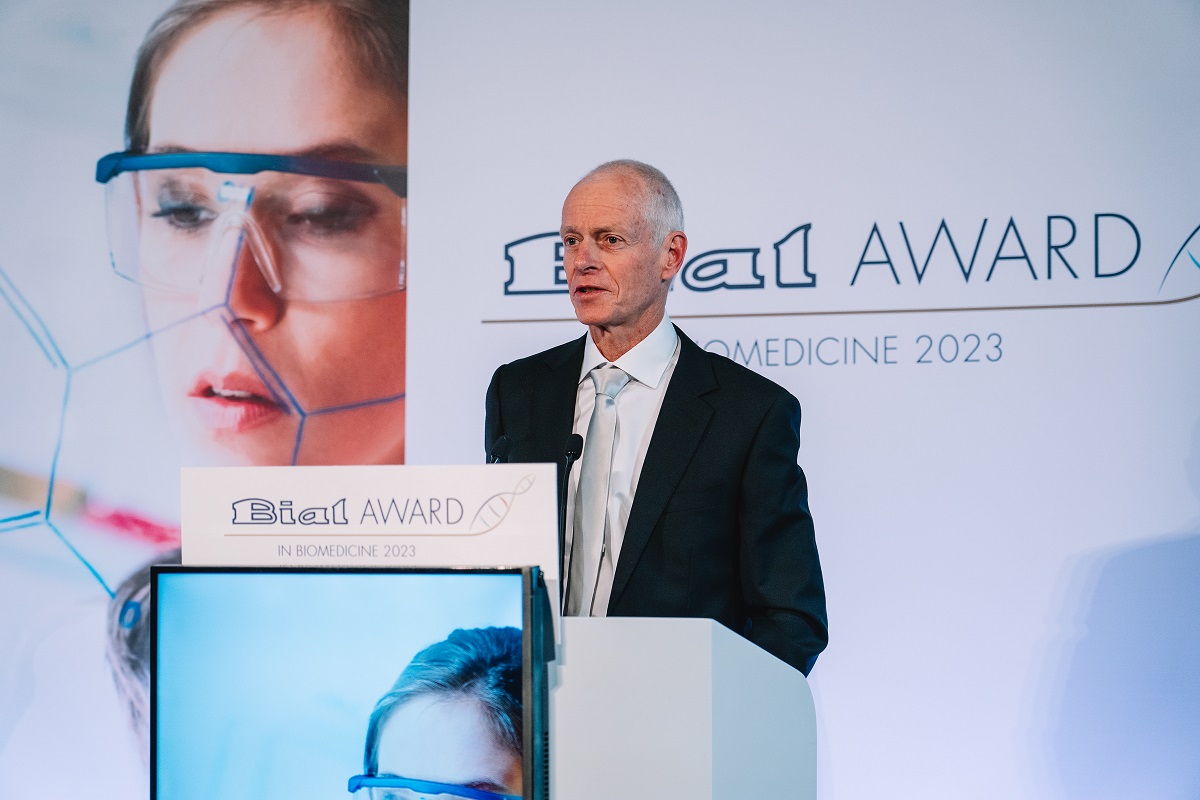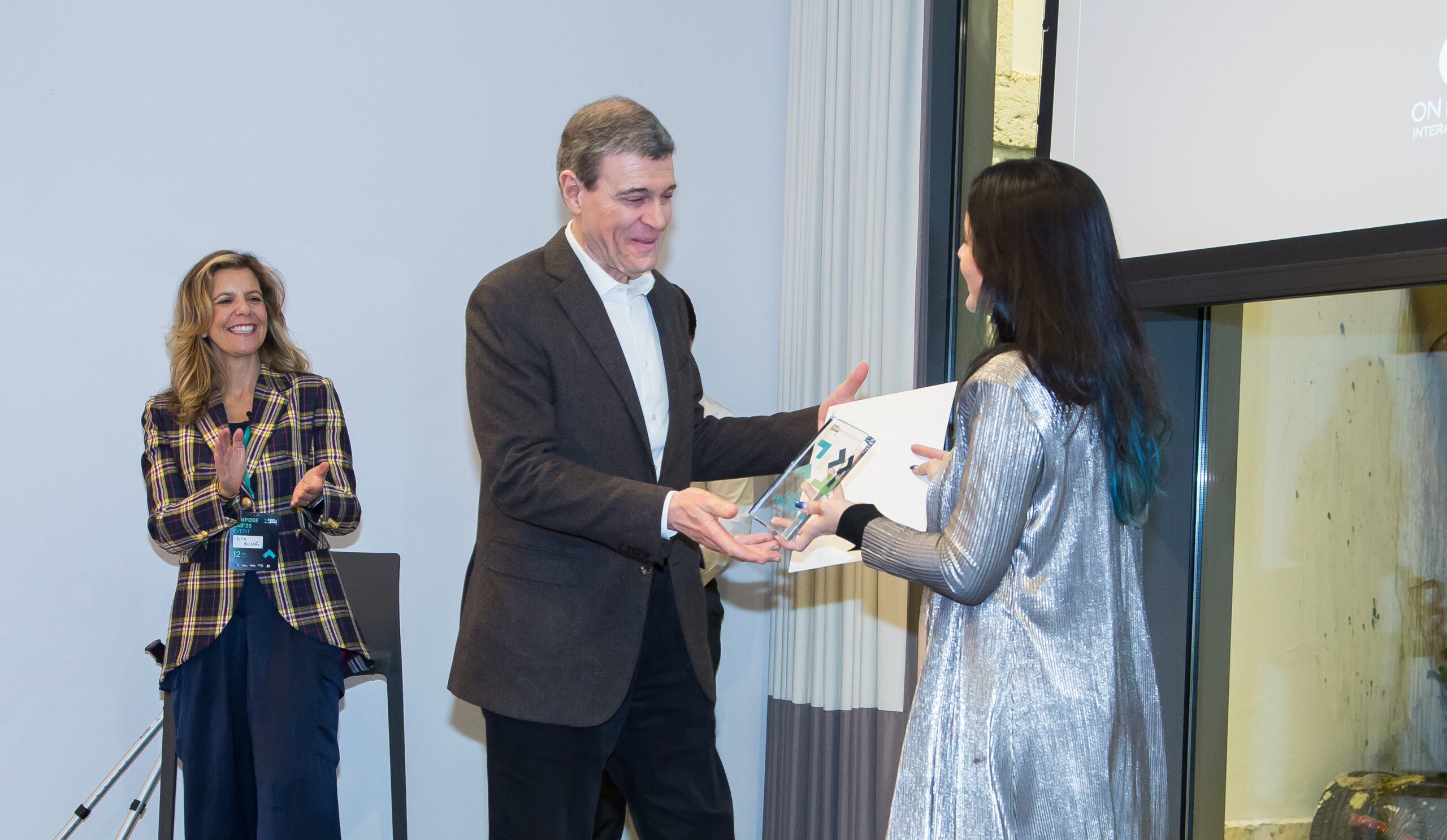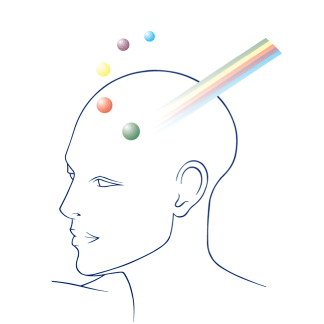News
Top Stories

Is it possible to regulate the feeling of disgust by imaginary placebo pill intake?
A study compared the effects of a placebo pill and an imaginary pill in reducing visually induced disgust.

Web-based mindfulness intervention improves memory and attention in the elderly
A research team assessed cognitive, psychological and physiological outcomes of a mindfulness-based intervention in healthy older adults.

Identification of a molecule involved in fear extinction opens avenues for new therapies for anxiety
The discovery of mediator responsible for altering fear memories could contribute to the creation of new therapies for the treatment of anxiety disorders.
News

How does the brain learn from rewards and punishments?
Our brains select the most important information and focus on it. To make decisions, they evaluate whether each stimulus is positive or negative. Positive stimuli encourage approach, while negative ones lead to avoidance, aiding in survival. The nucleus accumbens (NAc) plays a central role in this process, but the functioning of its neurons is not yet fully understood. The team led by Carina Soares-Cunha studied the D1 and D2 neurons in the NAc to understand how they distinguish stimuli and influence learning. Using advanced imaging in mice, they observed that associative learning (when a stimulus is associated with a reward or punishment), both types of neurons are activated and work together, but in different ways. However, when associations change, such as when a negative stimulus no longer has an unpleasant consequence, D2 neurons are essential for extinguishing that aversive association. Since difficulties in modifying negative associations are linked to anxiety and post-traumatic stress disorder, better understanding the function of D2 neurons may help develop new treatments. This study was published in the scientific journal Nature Communications, in the article Dynamic representation of appetitive and aversive stimuli in nucleus accumbens shell D1- and D2-medium spiny neurons, as part of research project 175/20 - The role of nucleus accumbens in the perception of natural rewards, supported by the BIAL Foundation.

Interview with Ralph Adolphs: "Ambitious science is becoming more and more expensive"
The neuroscientist Ralph Adolphs (Caltech, USA), President of the Jury, challenges organised groups of scientists to nominate outstanding papers, underlining the significant increase in the prize amount to €350,000 and its growing reputation as a prelude to the Nobel Prize. He highlights the Award's altruistic nature and unique criteria, which continue to elevate the global recognition and impact of groundbreaking biomedical research. Nominations are open until June 30.

Luís Portela honoured with the Career with Purpose Award
The chairman of the BIAL Foundation, Luís Portela, was honoured with the Career with Purpose Award for his more than four decades of leadership of the pharmaceutical company BIAL.





